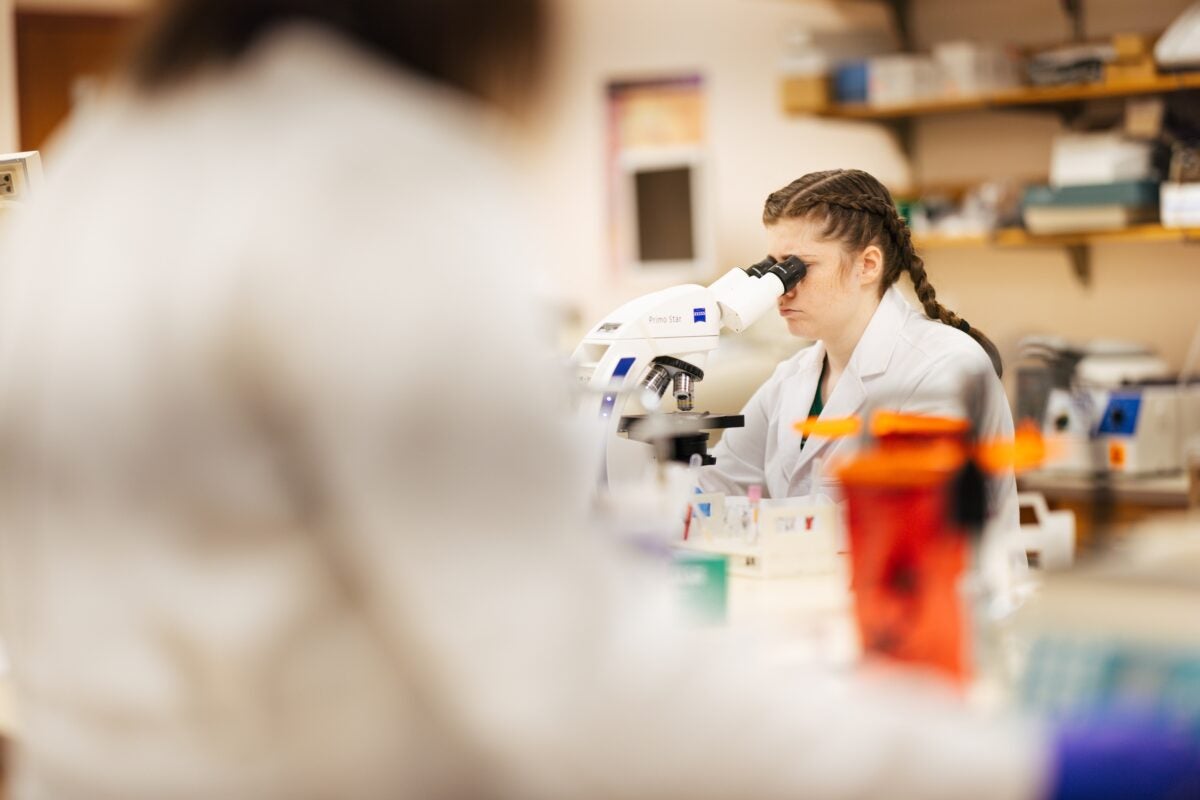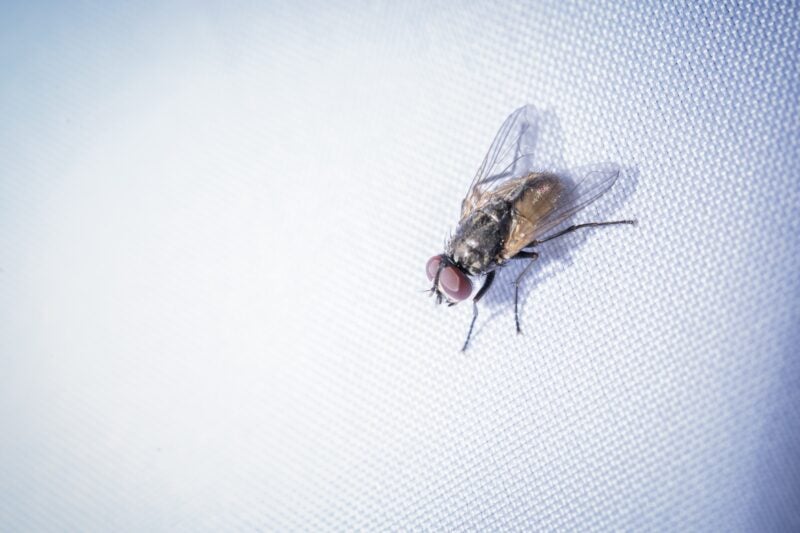
Research at Marshall
About
Marshall University is recognized as an R2 research university with high research activity in areas ranging from biotechnology and engineering to health sciences and the humanities.
Through our research corporation, we secured over $73 million in new research awards during FY 2024, supporting groundbreaking work and economic growth in the Appalachian region.
With state-of-the-art facilities including the Biotechnology Science Center and the Arthur Weisberg Applied Engineering Complex, we continue to foster interdisciplinary innovation and impactful community partnerships.
Continue reading to explore some of the newest advances and developments happening at Marshall University.

Professor Laura McCunn and six undergraduate research students in the Department of Chemistry had their research published in The Journal of Physical Chemistry A in October 2025. Their work, “Pyrolysis Reactions of (2-Chloroethyl)benzene,” examines chemical reactions that can take place during the chemical recycling, or “upcycling,” of PVC plastic.

New Marshall University study highlights how sleep apnea accelerates cellular aging and cardiometabolic decline
A new review published in Sleep Medicine Reviews sheds light on the biological mechanisms that may explain why patients with obstructive sleep apnea (OSA) face higher risks for heart disease, diabetes and other age-related conditions. The study, led by researchers at the Marshall University Joan C. Edwards School of Medicine, details how OSA-induced stressors can trigger cellular senescence —effectively accelerating the aging process at the molecular level.

New research uncovers gut microbe-derived metabolites as potential therapy for obesity-related metabolic disorders
New research from scientists at the Marshall University Joan C. Edwards School of Medicine reveals that certain gut microbial byproducts may hold promise as a novel therapy for obesity-associated metabolic complications by restoring critical hormone-producing cells in the intestine.
The study, published this month in the International Journal of Molecular Sciences, focuses on enteroendocrine cells (EECs)—specialized cells in the gut that play a key role in metabolic regulation by releasing hormones such as glucagon-like peptide-1 (GLP-1), which stimulate insulin secretion and suppress appetite. In obesity, these cells are diminished in number and function, contributing to insulin resistance and poor metabolic health.

New study links popular vape flavorings to increased nicotine reward
A new study led by researchers at the Marshall University Joan C. Edwards School of Medicine reveals that flavor additives commonly used in e-cigarettes may increase the likelihood of vaping behavior in adolescents—even in the absence of nicotine.
Published earlier this month in the Journal of Pharmacology and Experimental Therapeutics, the preclinical study found that certain popular flavorings, including vanilla and cherry, can drive reinforcement-related behaviors similar to those associated with nicotine exposure, particularly in adolescents.
Researchers tested the effects of flavored vapor—including combinations with and without nicotine—on male and female adolescent mice. The study employed the e-Vape® self-administration (EVSA) assay, a novel behavioral model that allows mice to voluntarily inhale flavored aerosols. Mice exposed to vanillin or benzaldehyde demonstrated significantly more active responses compared to controls, despite the absence of nicotine.

Marshall researchers officially identify new genus of plesiosaur
Marshall University researchers, working with an international investigative team from Chili and Canada, have identified a group of fossils as belonging to a new genus of sea creature, unlike any previously known.
Traskasaura sandrae, officially named in the new study, was a 39-foot-long, long-necked creature with large, sharp and robust teeth well-suited for crushing. It also could attack prey above by virtue of its elongated neck.

New study reveals how tiny insects detect force
A newly published study in the Journal of Neurophysiology reveals how blow flies (Calliphora vicina)—despite their minimal body weight—reliably detect forces through specialized sensory organs in their legs. The research offers new insights into insect biomechanics and presents promising applications for the design of next-generation walking robots.
Researchers at Marshall University and West Virginia University examined the behavior of campaniform sensilla—strain-detecting sense organs in the fly’s hindleg tibia—and how they encode mechanical forces during posture and movement. Experiments showed that these sensors are highly sensitive not only to the magnitude of force but also to the rate at which it changes. Even very small, transient decreases in force strongly inhibited the sensors’ firing.

Intermed Labs x Marshall
Marshall University and Marshall Health have partnered with Intermed Labs, a renowned medical technology (medtech) startup studio, to drive more health care innovations through advanced technologies and breakthroughs that enhance patient outcomes and foster a dynamic ecosystem for health care solutions.
Based in Morgantown, West Virginia, Intermed Labs will help the clinicians and researchers at Marshall University and Marshall Health bring their innovative ideas to life—from design, prototyping and validation to patents, presentations and publication of top concepts.

